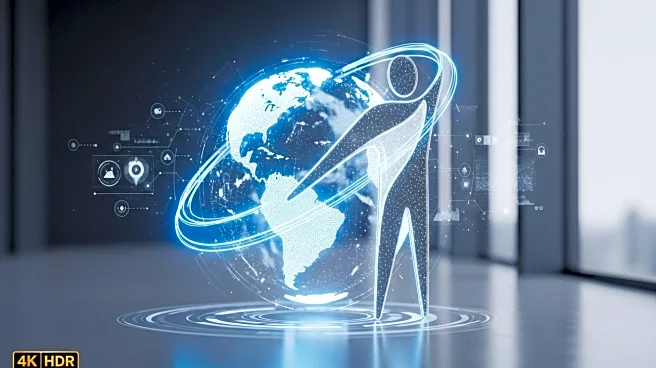What's Happening?
A new design for optical fibres, described in Nature Photonics, could significantly enhance data transmission speeds by using hollow glass 'straws' instead of solid glass wires. This design allows light to travel through air, reducing signal loss and potentially making long-distance data transmission more efficient and cost-effective. The fibres, developed by researchers at the University of Southampton and produced by Lumenisity, a Microsoft-owned company, could transform telecommunications by increasing the speed and efficiency of internet connections.
Why It's Important?
The development of these hollow optical fibres represents a major advancement in telecommunications technology. By reducing signal loss and increasing data capacity, these fibres could lead to faster internet speeds and more reliable connections, benefiting industries reliant on high-speed data transmission, such as data centers and telecommunications providers. The potential for widespread adoption of this technology could drive significant improvements in global internet infrastructure, enhancing connectivity and supporting the growing demand for data-driven services.
What's Next?
The next steps involve scaling up the production of these fibres and integrating them into existing telecommunications infrastructure. If the fibres prove to be durable and easy to install, they could become a standard in the industry, replacing traditional solid glass fibres. This transition would require collaboration between researchers, manufacturers, and telecommunications companies to ensure seamless integration and maximize the benefits of the new technology.
Beyond the Headlines
The shift to hollow optical fibres could have broader implications for the telecommunications industry, potentially reducing the environmental impact of data transmission by lowering energy consumption associated with signal amplification. Additionally, the increased efficiency and speed of data transmission could support the development of new technologies and services, further driving innovation in the digital economy.












